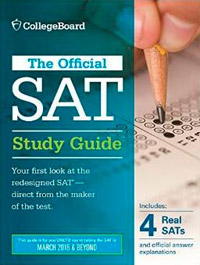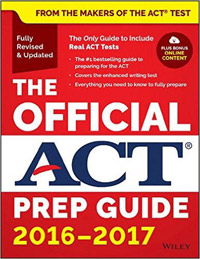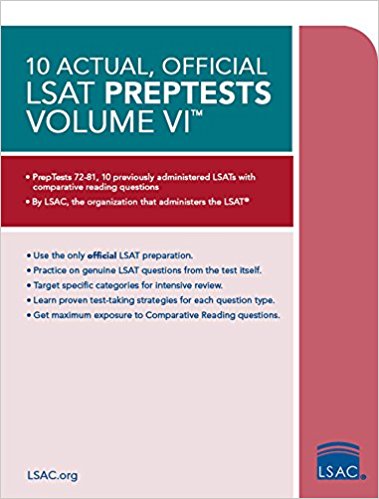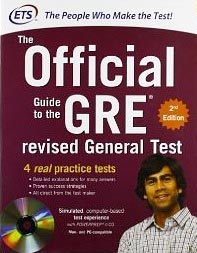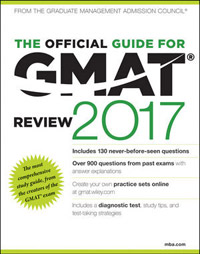|
I know that I’ve disparaged the “name-brand” SAT-prep companies quite frequently on my website, but they're not all bad. Having worked for one of these companies, I can say from experience that sometimes their techniques can be quite useful.
The problem is, what they forget to teach you is WHEN to use these techniques.
You see, the problem with the practice materials produced by these big test-prep companies is that every student should approach the SAT slightly differently, depending on his or her strengths and weaknesses. The big SAT-prep companies have to “water down” their materials (using FAKE TESTS AND PROBLEMS, NOT REAL SATs!) because they must cater to the average student. But what ends up happening is that they oversimplify the test, and more intellgent students are often left unsatisfied and unconvinced.
For example, any SAT Math tutor worth his/her snuff will relay to you a version of the following technique:
On a multiple-choice math problem, if there are variables in the answer choices, this tells you that you can PLUG IN values (meaning choose your own numbers) for those variables, in order to simplify the question. Solve the question using your own numbers and then circle your answer. Your answer becomes the OUTPUT, and the value of your variable(s) becomes the INPUT. Simply PLUG IN the value of your variable into the answer choices. Whatever answer choice spits out the number that you circled is your answer.
For example, turn to page 409, question #7. Instead of trying to solve using algebra (which is harder and more likely to result in a careless mistake on the student’s part), simply plug in a value for k, making sure that your choice for k meets the REQUIREMENTS OF THE PROBLEM (you know that plugging in is possible because k is in all the answer choices). Let’s say k=6, which is a good choice because it divides evenly into 3 and does not repeat any of the numbers in the problem. If he collects 6 dollars per day and pays out 2 dollars per day, then he makes 4 dollars per day. 1000/4 is 250, so it would take him 250 days to make $1000 (tough job!). Now circle 250. This is your desired OUTPUT. Now INPUT k=6 into the answer choices, and see which one equals 250. The answer is D.
Pretty powerful technique, huh? Yes, but only if used correctly and appropriately. Most tutors will tell you to ALWAYS plug in whenever possible, because plugging in is easier and less prone to mistakes than algebra. Yet high school students often resist plugging in, because they are more used to algebraic equations from math class. Besides, they say, plugging in takes too long.
Well, both the tutors and the students are somewhat correct. That’s because plugging in DOES sometimes take an unnecessarily long time, especially for easier problems that advanced math students with great grades can do in their sleep.
For this reason, INTELLIGENT MATH STUDENTS don’t always need to plug in on easier questions—they should save their time for harder problems later in the section. Once they make it to the harder problems, then they should start plugging in.
For example, take a look at page 397, number 6. Technically, this is a PLUG IN problem because there is a variable in the answer choice (x). But most INTELLIGENT MATH STUDENTS can tell from a quick glance that the answer is E, so why force them to do so much extra work?
On the other hand, I have also seen many bright students try (and fail) to use algebra on harder problems where plugging in would have worked just fine. An example of this is number 13 on page 426. Yes, you may have gotten it right anyway, but why take the chance? Remember, this is a HARD PROBLEM, and hard problems are DESIGNED TO TRICK YOU, so PLUG IN instead and you’ll be less prone to a mistake. And even if you decide to be stubborn and use algebra anyway, plugging in is a great way to check your answer.
In summary, plugging in is a great technique but is sometimes a waste of time on easier problems. So the better you are at math, the later you can wait in a section before you start plugging in!
Back to Blog Home
|


